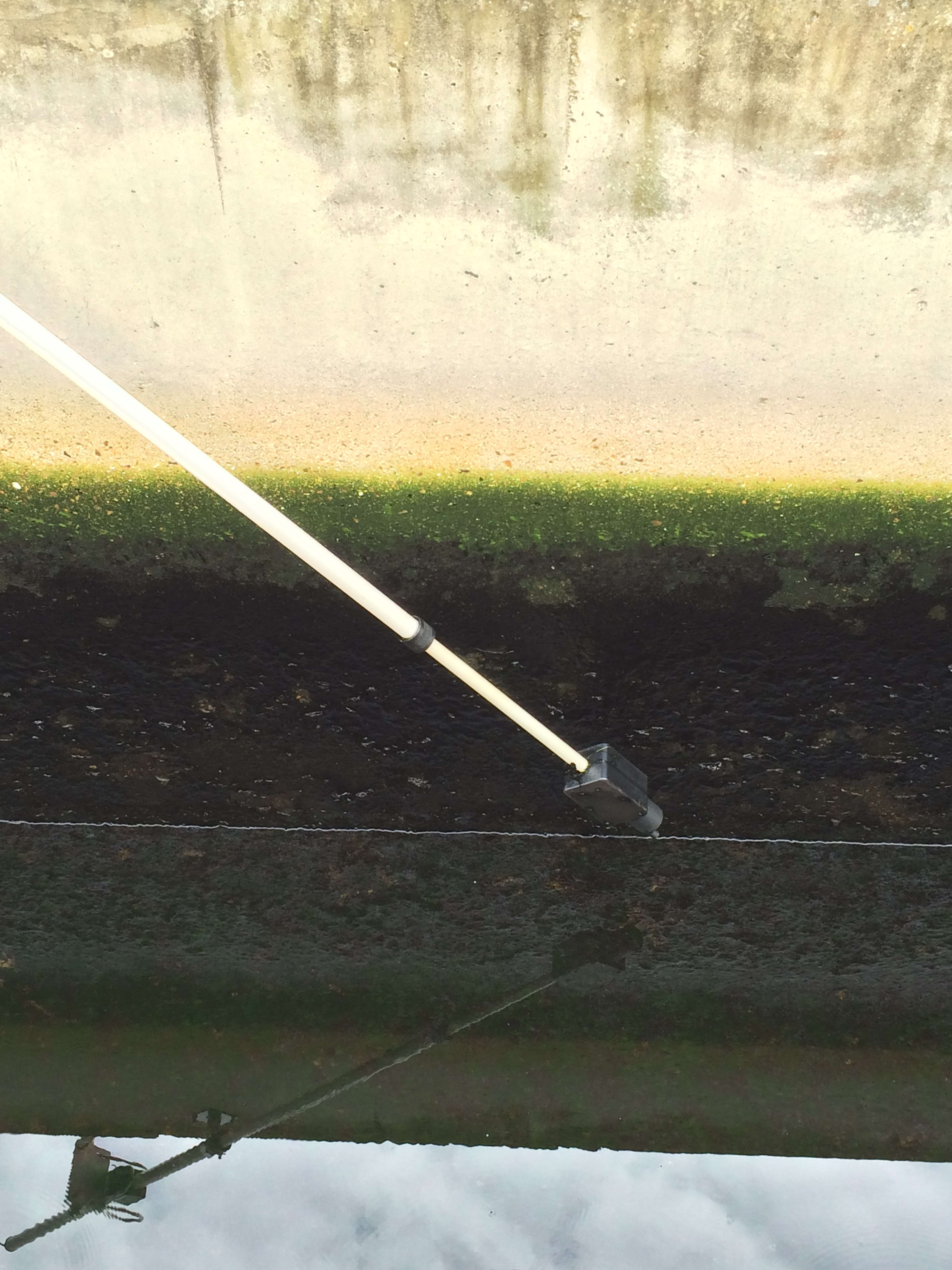Monitoring the wastewater quality in the effluent channel of a sewage treatment plant
Application Report | Water & Wastewater
- Continuous turbidity measurement to control wastewater discharge
- Turnkey solution from delivery and installation to integration

Background
The municipal association CODAH (Communauté de l’Agglomération Havraise) is responsible for environmental, supply and disposal tasks in several municipalities in Normandy, France. Among other things, the association operates a sewage treatment plant in the city of Le Havre. Here, wastewater is treated and then discharged into the port of Le Havre.
Measurement requirements
For reasons of quality and safety, the water authority has ruled that the turbidity of the wastewater must be continuously monitored before being discharged into the port. In order to comply with these regulations, CODAH was searching for a method to measure turbidity (NTU or TSS measurement) in the wastewater discharge.
The maximum flow rate in the effluent channel is very high (9000 m3/h / approx. 40,000 gal US/ min). For this reason, the instrumentation had to be extremely sturdy and easy to install. The measuring results were to be transmitted to a SCADA system. The goal of the measurement is to stop the wastewater discharge as soon as the turbidity increases too much. Another requirement of the water authority was that the control room be warned via an additional error signal in case of a measuring point malfunction.
KROHNE Solution
KROHNE recommended using a combination of products including the OPTISENS TUR 2000 turbidity sensor, the SENSOFIT IMM 2000 immersion assembly and the MAC 100 analytical transmitter. The immersion assembly was attached to the turbidity sensor outside on the effluent channel (concrete Venturi channel). To avoid causing disruptions on the water surface which would negatively influence the existing level measurement, the turbidity sensor measures downstream behind an ultrasonic level transmitter already in place.
The entire process instrumentation including sensor, immersion assembly and transmitter was installed, wired and then integrated into the SCADA system (with the help of a partner company).
Customer benefits
Now the customer can regulate the discharge of the water using the water quality in the effluent channel and shut it off if necessary. At the same time, CODAH benefits from a complete and immediately operational solution. The solution included the delivery and installation of the instrumentation and also covered the adaptation of the SCADA system to monitor the measuring point.
In cooperation with the partner company for the automation and system integration, the measuring point was wired to the control room over a distance of 300 m / 984.3 ft. This offered the customer a more efficient and economically sound alternative to the wireless connection suggested by competitors. In light of the thickness of the walls in the building, this guarantees increased reliability when it comes to data transmission.






